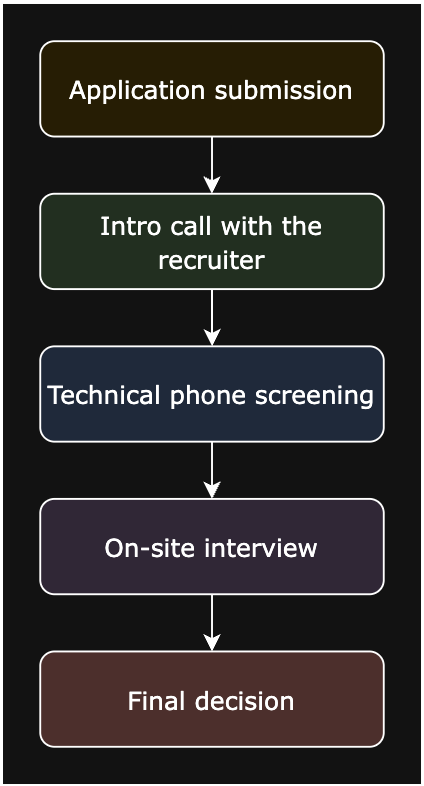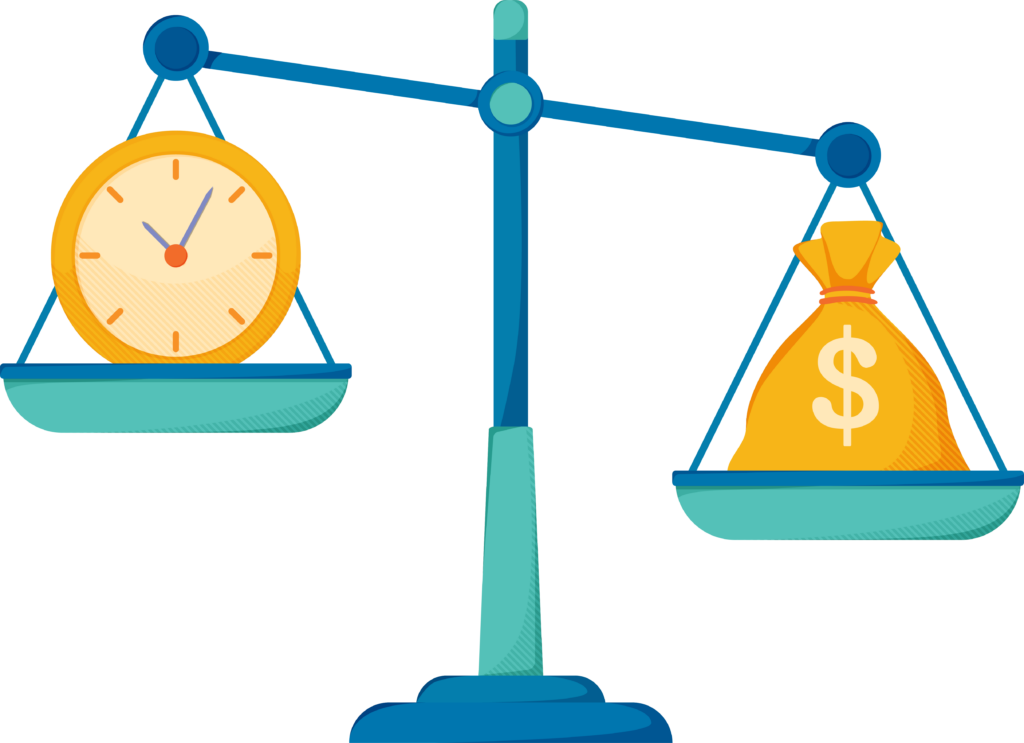DoorDash has emerged as a major player in food delivery and logistics, connecting millions of customers with their favorite local businesses across the United States, Canada, Australia, and beyond. Known for its strong focus on technology, operational excellence, and user experience, DoorDash continues to expand its impact on everyday convenience. The company integrates machine learning, real-time analytics, and logistics optimization to refine its services.
Getting hired at DoorDash is challenging, but it’s achievable with solid preparation and a clear understanding of what they look for. This guide breaks down DoorDash’s interview process, offers preparation strategies, and shares insights to help you walk confidently.
Why work at DoorDash?
DoorDash offers an environment where ambition, creativity, and hard work are valued deeply. Here’s why many professionals aim to build their careers here:
- Mission-focused culture: DoorDash aims to empower local economies and small businesses.
- Meaningful projects: Teams work on real-world problems in logistics, customer engagement, and platform growth.
- Strong rewards: DoorDash offers competitive salaries, equity packages, and performance-based bonuses.
Perks and benefits:
- Flexible remote and hybrid work options
- Comprehensive health, dental, and vision coverage
- Wellness stipends and mental health resources
- Learning stipends and growth opportunities
- DoorDash credits for personal use

DoorDash interview process
The DoorDash hiring process is structured to assess technical skill, business sense, and how well you align with the company’s leadership principles. Here’s what you can expect:

1. Application:
- Submit your application through DoorDash’s careers page or via a referral.
- Tailor your resume to highlight measurable results, especially those related to fast-paced environments and customer-focused projects.
- Ensure your LinkedIn, GitHub, or portfolio links are polished and consistent.
2. Recruiter screen:
- If your profile fits, a recruiter will schedule a 30-minute call.
- This chat is focused on your background, career goals, and understanding of DoorDash’s mission.
- It’s a two-way conversation—come prepared with thoughtful questions.
3. Technical screen:
- For engineering roles, there is a technical screen focused on coding, problem-solving, and occasionally basic System Design.
- For business roles, expect a case interview on data interpretation, problem-solving, and business judgment.
- For design roles, the round may include portfolio review and design critique exercises.
4. On-site interviews (Virtual or in-person):
The on-site, often referred to as the “loop,” typically includes:
- Technical interviews: Data structures, algorithms, System Design, or data science problems.
- Business cases: Problem-solving exercises that mirror DoorDash’s operational challenges.
- Behavioral interviews: Questions focused on DoorDash’s values like “Think Customer First” and “Make Room at the Table.”
- Role-specific interviews: Deep dives based on the job (engineering deep dives, marketing strategy sessions, etc.).
5. Offer and negotiation:
- After the interview loop, successful candidates receive an offer, often including a base salary, RSUs (restricted stock units), and bonus potential.
- Always come prepared, knowing your market worth, and don’t hesitate to negotiate if needed.

A detailed breakdown of each stage
Recruiter screen
Objective: Understand your background and see if your interests match the role.
What to expect:
- A discussion about your resume highlights
- Motivation for joining DoorDash
- Overview of the team and interview steps
Technical screen
Objective: Assess technical or analytical problem-solving ability.
What to expect:
- Engineers: 1-2 coding problems, usually medium difficulty (think arrays, graphs, hashing)
- Business roles: Business case to estimate market size, improve operational KPIs, or optimize logistics
On-site interviews
Objective: A thorough evaluation across technical, analytical, and cultural dimensions.
What to expect:
- Coding/Algorithm problems: Medium-to-advanced algorithmic problems.
- System Design: Building scalable, reliable platforms to support millions of deliveries.
- Business judgement: How would you improve merchant retention? What metrics would you track?
- Behavioral interviews: Your responses should align with DoorDash values, such as bias for action and ownership. For behavioral questions, structure your responses using the STAR method.
DoorDash’s cultural fit assessment
DoorDash’s values are taken seriously during hiring. The company is built around these principles:
- Think customer first: Consider the impact on dashers, merchants, and customers.
- Operate at the highest standards: Attention to detail and commitment to results.
- Bias for action: Act quickly and iterate based on data.
- Be inclusive: Create space for diverse voices and ideas.
Tips for a successful interview
- Clarify requirements: Always ask clarifying questions if something about the prompt feels ambiguous.
- Talk through your thoughts: Verbalize your thinking clearly during technical and case exercises.
- Stay calm under pressure: If you’re stuck, break down the problem into smaller, manageable parts.
- Use the STAR method: Make your story spark by using STAR meth for behavioral responses.
Preparation resources
- Master Data Structures and Algorithms: Focus on graphs, trees, arrays, and dynamic programming.
- Mock Interviews: Practice with Educative mock interviews.
- Grokking the Coding Interview Patterns: Covers 28 essential coding patterns for FAANG-style interviews.
- Grokking the System Design Interview: Learn how to design scalable systems with real-world applications.
- Grokking the Behavioral Interview: Master structured responses for behavioral and cultural interviews.
Final thoughts
Preparation pays off. Understand DoorDash’s mission, sharpen your problem-solving skills, and bring authentic examples of your impact to the conversation. With the right mindset and preparation, you can land your dream role at DoorDash. Good luck!
